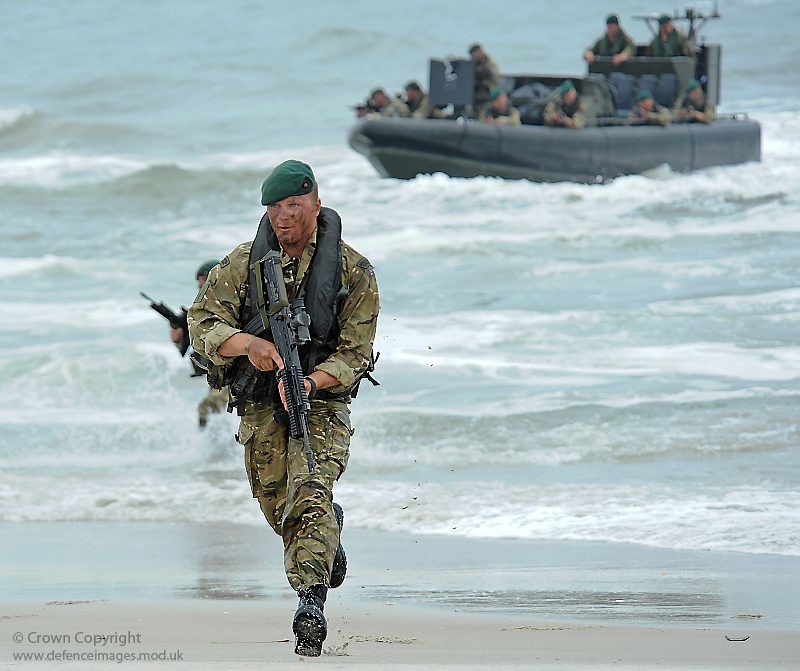The RAF is kind of split on this subject. Those who have flown the Harrier, like those who have embarked at sea understand the importance of STOVL and Naval Aviation. Most of the RAF Brass however came via the other FJ types eg Tornado, Phantom, Buccaneer(land based only) and don't really grasp anything beyond their own personal experience. This also explains why the AT and SH sqns feel somewhat unloved by the upper echelons. The Light Blue members of JFH are feeling very let down by their masters attitude towards them at the moment. They used to be looked on as the elite, and now they are seen as expendable,hardly reassuring for their career prospects. For land based air forces, STOVL still means not being tied to vulnerable concrete runways and fixed air bases. It also means they can deploy to carriers at short notice with minimum training to reinforce Naval Aviation, something that would be harder with a CTOL force. During the 60s and 70s when a similar situation existed, RAF aircraew were regularly posted to Naval Sqns for exchange tours, but had to train much harder to deck qualify than Harrier crews do. Even though the RAF had an FG1 Phantom sqn and several Buccaneer S2 sqns, they could not deploy at sea at short notice had the need arisen, unless their ranks were mainly made up of those who had just come off an FAA exchange posting.
JFH made sense when there were two types in service, the FA2s provided fighter cover for the fleet and top cover for the GR7s on strike missions. Losing the FA2 was a serious blow, but if the GR9 upgrade had included the transfer of Blue Vixen radars and AMRAAM (which were already paid for!) then it would still have been a truly flexible and capable force of swing role FJs, probably the best in the world. Another wasted opportunity...
So going down the STOVL route with F-35B made a lot of sense at the time, and still does to a large degree. If we go with F-35C for both services, then for the RAF to deploy at sea would require a lot more sea time, eating into their schedule and diminishing their flexibility, though it would also require the FAA sqns to spend more time at sea and less on land, so there would be benefits.
JFH made sense when there were two types in service, the FA2s provided fighter cover for the fleet and top cover for the GR7s on strike missions. Losing the FA2 was a serious blow, but if the GR9 upgrade had included the transfer of Blue Vixen radars and AMRAAM (which were already paid for!) then it would still have been a truly flexible and capable force of swing role FJs, probably the best in the world. Another wasted opportunity...
So going down the STOVL route with F-35B made a lot of sense at the time, and still does to a large degree. If we go with F-35C for both services, then for the RAF to deploy at sea would require a lot more sea time, eating into their schedule and diminishing their flexibility, though it would also require the FAA sqns to spend more time at sea and less on land, so there would be benefits.




























































